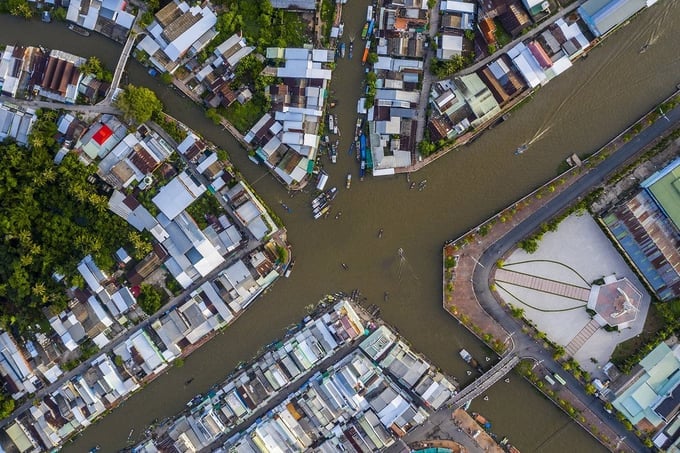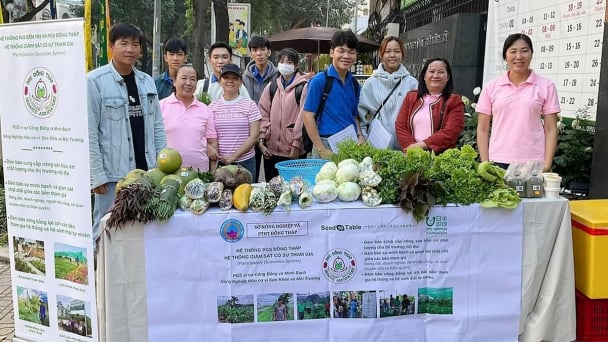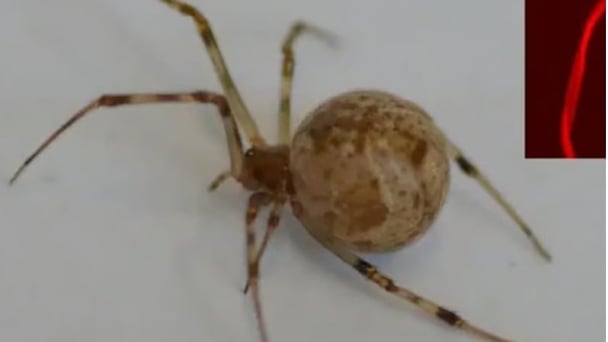May 21, 2025 | 18:18 GMT +7
May 21, 2025 | 18:18 GMT +7
Hotline: 0913.378.918
May 21, 2025 | 18:18 GMT +7
Hotline: 0913.378.918

The upgrade of the East-West transport corridor is expected to reduce the transport distance between the largest port in the Mekong Delta region in Can Tho and Vietnam’s busiest port in Ho Chi Minh city by approximately 30%. Photo: TL.
The recently approved project for developing waterways and logistics corridors in the southern region of Vietnam aims to increase cargo volume and reduce transit time on the critical East-West and North-South transport corridors. The project will also connect key production centers with Vietnam’s main deep-water port, thereby enhancing export competitiveness.
According to Mariam Sherman, World Bank Country Director for Vietnam, Cambodia, and Laos, the inland waterways in southern Vietnam possess the potential to become a cheaper, greener, and safer mode of transport. This project directly supports Vietnam’s ambitious goals of promoting the competitiveness of inland waterway transport, reducing carbon emissions in the transportation sector, and boosting the country’s trade competitiveness.
The upgrade of the East-West transport corridor is expected to reduce the transport distance between the largest port in the Mekong Delta region in Can Tho and Vietnam’s busiest port in Ho Chi Minh city by approximately 30%. Additionally, the improvement of the North-South transport corridor will directly connect the Mekong Delta and inland areas with Vietnam’s main deep-water port, thereby facilitating international trade, reducing emissions, and lowering logistics costs.
On the other hand, the transition to inland waterway freight transport is crucial for reducing carbon emissions in Vietnam’s transportation sector. Road freight transport accounts for nearly 80% of greenhouse gas emissions within the sector, which is at least six times more carbon than waterway transport.
The southern waterways and logistics corridor development project also supports the installation of navigation aids and the improvement of sharp bends along the waterways, with the goal of enhancing safety. The project is expected to benefit agricultural producers, businesses, workers, vessel operators, and the local community in southern Vietnam.
Translated by Nguyen Hai Long

(VAN) At the conference to disseminate Resolution No. 68, AgriS introduced its digital agricultural ecosystem and reaffirmed its commitment to accompanying the Government in promoting private sector development and sustainable agriculture.

(VAN) 'Blue Ocean - Blue Foods' initiative is designed to restore marine ecosystems and establish sustainable livelihoods for local communities by cultivating a minimum of 1,000 hectares of cottonii seaweed in the first three years.
/2025/05/21/4642-3-112707_603.jpg)
(VAN) The V-SCOPE project has made direct contributions to three out of six pillars of the Comprehensive Strategic Partnership between Vietnam and Australia.

(VAN) Facing the threat of rabies spreading to the community, Gia Lai province urgently carries out measures to vaccinate dogs and cats on a large scale.

(VAN) Disease-free livestock farming not only protects livestock herds but also stabilizes production and livelihoods for many farmers in Tuyen Quang.

(VAN) Japan's grant aid project contributes to capacity building, promoting organic agricultural production, and fostering sustainable community development in Dong Thap province.

(VAN) For years, the CRISPR-Cas9 genome technology has been reshaping genetic engineering, a precision tool to transform everything from agriculture to medicine.